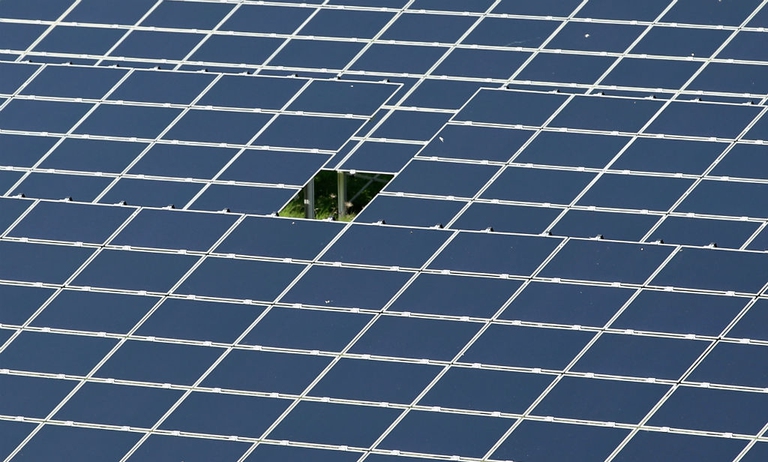
A group of experts in Tokyo suggested pouring radioactive water from Fukushima into the open sea. A marine biochemist explains the consequences of this absurd decision.
With 286 billion dollars, 2015 was the year of renewable energy. A sign that even though the price of fossil fuels dropped, the transition has begun.
2015 was a sunny year for renewables globally. The latest data of the annual report “Global trends in renewable energy investment 2016”, compiled by the UNEP, the United Nations Environment Programme, confirm it. The document highlights that for the first time renewables have topped the capacity added by all other energy sources. 134 GW were added by renewables (excluding large hydropower plants), 42 GW by coal and 15 GW by nuclear energy.
But there’s more. Last year’s investments in renewable energy hit another record: 286 billion dollars, compared to 278 billion dollars of 2011, another record year (in 2004 just 47 billion dollars were invested). This is an unequivocal proof of the fact that investments are attracted by the production of low-emission and low-impact energy.
“Renewables are becoming ever more central to our low-carbon lifestyles”, UNEP Executive Director Achim Steiner said in an official declaration. “The record-setting investments in 2015 are further proof of this trend. Importantly, for the first time in 2015, renewables in investments were higher in developing than developed countries”.
The Agency also confirmed what has been recently declared: the increasing energy demand of the emrging countries is attracting new investments in renewable energy such as wind and solar energy.
“Access to clean, modern energy is of enormous value for all societies, but especially so in regions where reliable energy can offer profound improvements in quality of life” Steiner specified. “Continued and increased investment in renewables is not only good for people and the planet, but will be a key element in achieving international targets on climate change and sustainable development”.
But there’s still a long way to go. The low price of oil and coal are placing obstacles in the way and renewables still represent a small minority of the world’s total installed power capacity (about 16.2%, excluding hydroelectric projects), even though investments in them increase year after year.
Siamo anche su WhatsApp. Segui il canale ufficiale LifeGate per restare aggiornata, aggiornato sulle ultime notizie e sulle nostre attività.
![]()
Quest'opera è distribuita con Licenza Creative Commons Attribuzione - Non commerciale - Non opere derivate 4.0 Internazionale.
A group of experts in Tokyo suggested pouring radioactive water from Fukushima into the open sea. A marine biochemist explains the consequences of this absurd decision.
A federal court in Washington, D.C. has struck down the Dakota Access Pipeline, following years of campaigning by the Standing Rock Sioux tribe.
The Scottish island of Eigg is self-sufficient for its energy needs, relying almost entirely on renewable sources, especially thanks to a coordinated community effort.
President Magufuli in unmovable in going ahead with the Stiegler’s Gorge dam despite conservationists’ warnings of the damage it will cause the Selous Game Reserve’s ecosystem and wildlife.
A large dam along the Luangwa River in Zambia would have posed a serious risk to local people and wildlife, leading hundreds of thousands to oppose it. A call to which the government responded by halting plans to build it.
The first one megawatt solar power plant in the Chernobyl exclusion zone has become operational. This is the first step in a renewable energy development project promoted by the Ukrainian government in the area.
A tanker exploded at a gas and petrol station in Nigeria’s Nasarawa state on the 10th of September, killing 35 people and leaving some burned beyond recognition; 3 citizens had several spine and brain injuries, 2 of them are still on Intesive Care Units. Fela Habila , a local singer, is now stable and out of danger but
The largest tidal power plant in the world will be built in the Larantuka Straits. It will serve 100,000 people and help overcome some of the challenges of energy provision in Indonesia.
Robben Island’s solar energy micro-grid project will produce almost one million kilowatt hours of electricity annually, significantly reducing the cost and impact of buying diesel.








